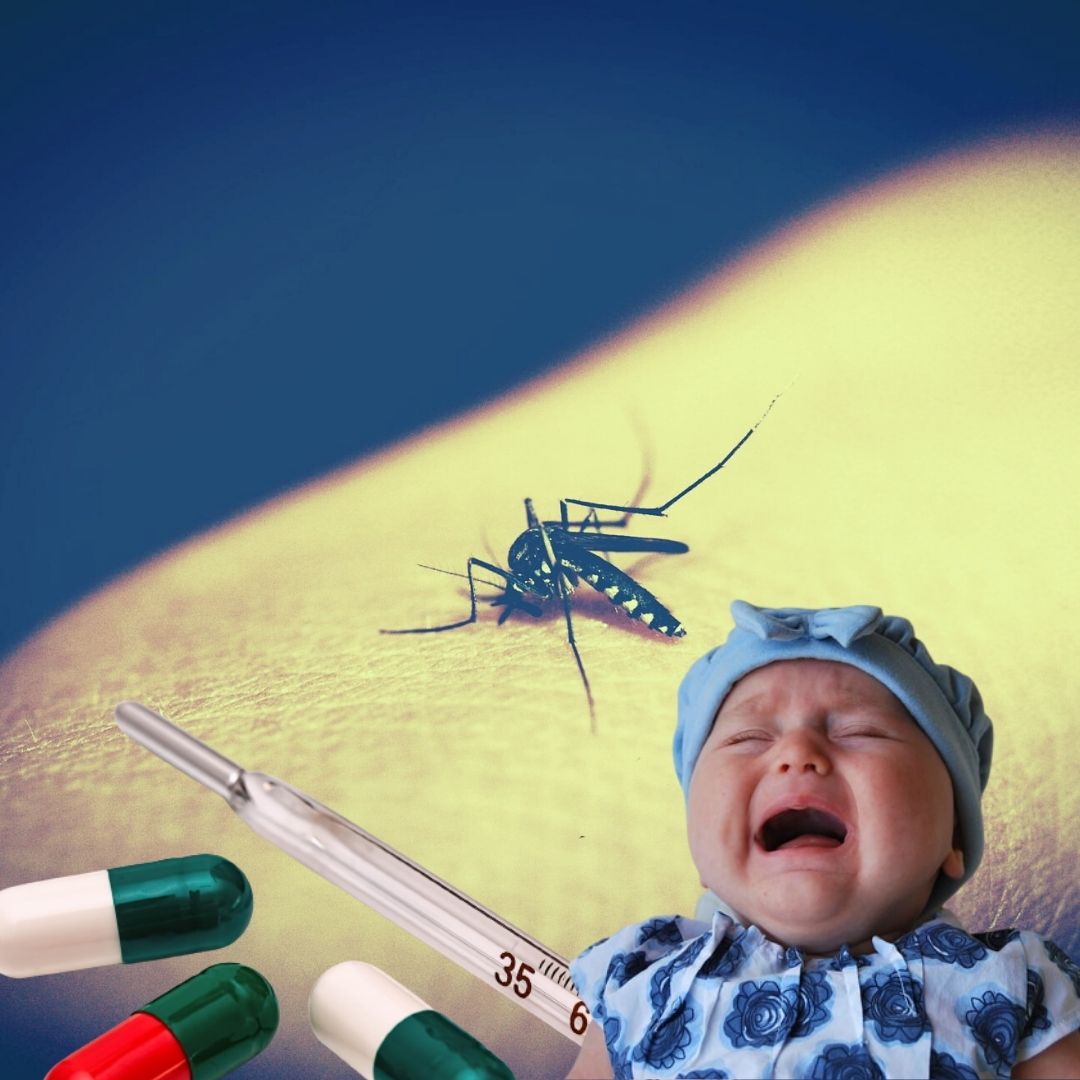With 4% Fatality Rate, Fear Over West Nile Fever Rises As Monsoon Hits India
Writer: Ratika Rana
Her primary objective is to inform, promote, educate and cultivate readers through writing.
India, 31 May 2022 6:57 AM GMT
Editor : Ankita Singh |
A literature lover who likes delving deeper into a wide range of societal issues and expresses her opinions about the same. Keeps looking for best-read recommendations while enjoying her coffee and tea.
Creatives : Ratika Rana
Her primary objective is to inform, promote, educate and cultivate readers through writing.
A 47-year-old man died of West Nile Fever in Kerala Thrissur on Sunday. At the onset of the monsoon, the health department has issued directions asking people to ensure no breeding of mosquitoes.
The public went into a frenzy after a 47-year-old man died of the West Nile Fever in Kerala's Thrissur district. For the first time in three years, the vector-borne disease has claimed a life in the southern state. In 2019, a six-year-old had succumbed to the same virus.
The recent death has prompted the health department in the state to issue directions asking people to ensure no stagnation of water and breeding of mosquitoes in their homes. The Culex species of mosquitoes spread the disease, and it was first detected in 1937 in Uganda.
Spread Through Mosquito Bites
Experts believe that the West Nile Fever could be a fatal neurological disease amongst humans, but nearly 80 per cent of those who contract the disease might not even show its symptoms. The World Health Organization (WHO) mentioned that the most common method of spreading the disease is through mosquito bites, and the virus eventually gets into the mosquito's salivary glands.
During later blood meals (when mosquitoes bite), the virus may be injected into humans and animals, where it can multiply and possibly cause illness. On the other hand, very few transmissions have happened through organ transplants and breast milk. There is only one recorded case of the transplacental (mother to child) infection.
Need For Extra Precaution During Monsoon
As the monsoon arrived three days early in Kerala, and the state is likely to experience heavy rainfall in the coming days, the state health department has warned the citizens to allow water to stagnate. However, with the onset of the rains, nearby states should also take active measures to periodically clean drains and not allow mosquitoes to bread on stagnant water.
While there is no vaccine available for the vector-borne disease, treatment includes hospitalization, respiratory assistance, intravenous fluids and further prevention of secondary infections.
Also Read: Himachal Pradesh: Government's 'Jeevan Dhara' Becomes Lifeline For Remote Population
 All section
All section















